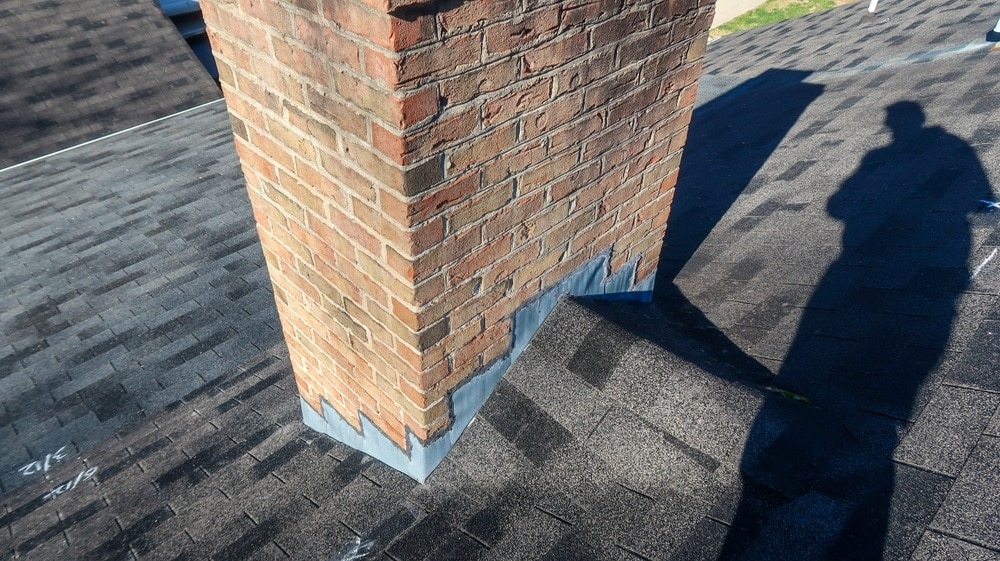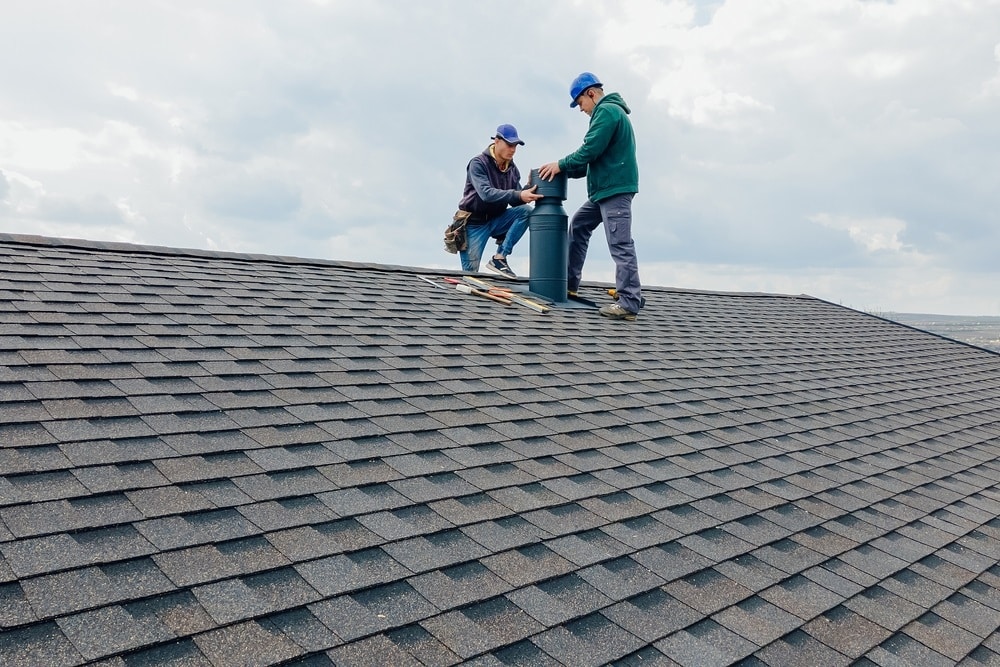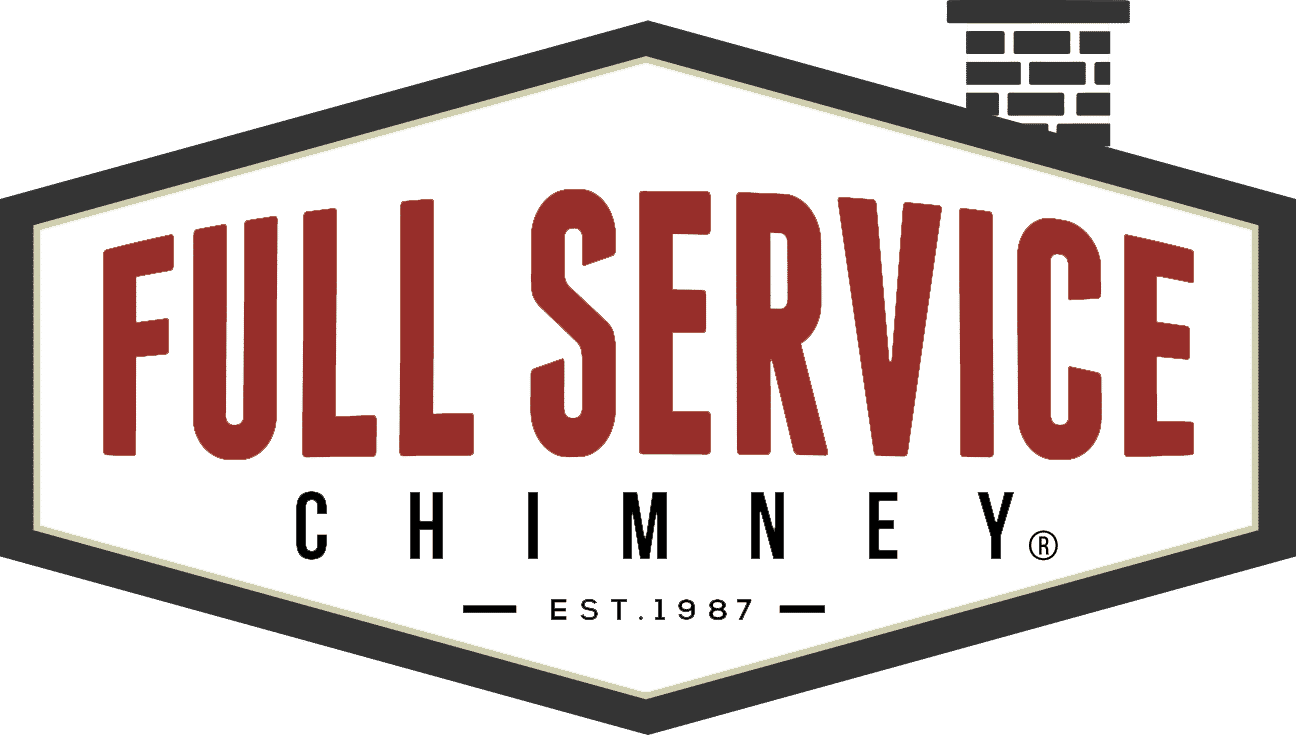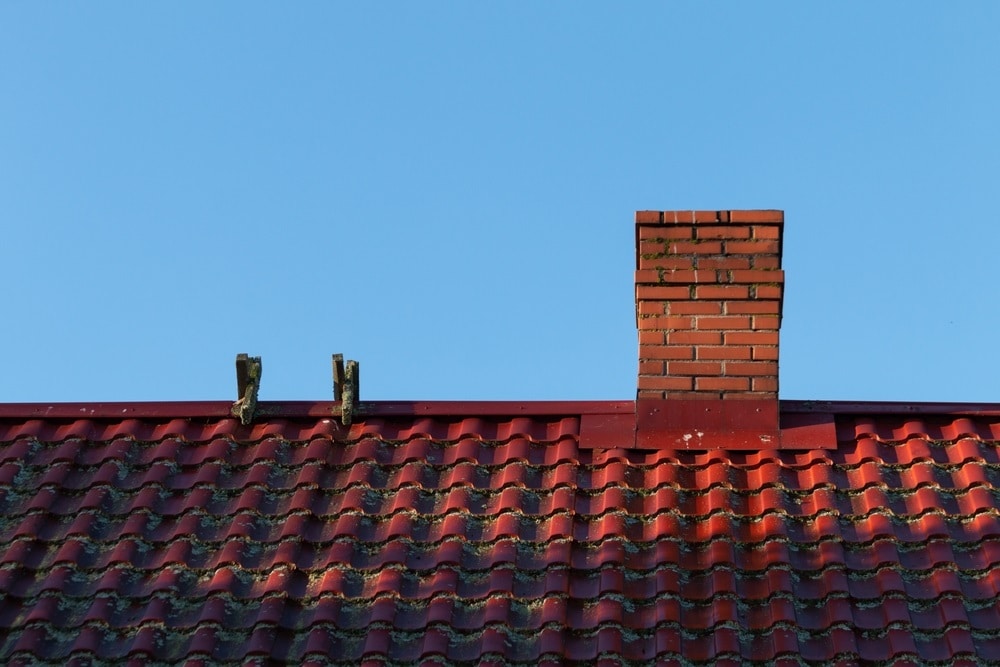As the frost of winter gives way to the gentle warmth of spring, it’s easy to get caught up in the joys of blooming flowers and longer days. However, for homeowners, spring is also a critical time to pay attention to chimney maintenance. Seasonal changes can lead to common chimney problems that, if left unchecked, can pose risks to both safety and efficiency.
Understanding how to identify these issues early on will not only protect your home but will also ensure that your chimney performs optimally throughout the year. In this post, we’ll explore the most common spring chimney problems, how to spot them, and strategies for prevention.
Understanding the Effects of Spring Weather on Chimneys
Spring weather can be quite unpredictable, with its mix of rain, fluctuating temperatures, and even the occasional late-season snow. Here’s how these weather patterns impact your chimney:
-
-
- Moisture Infiltration: Increased rainfall and melting snow can lead to excess moisture penetrating chimney structures.
- Temperature Fluctuations: The back-and-forth between warm and cool temperatures can cause materials to expand and contract, leading to cracks.
- Animal Activity: With the arrival of spring, many animals begin to look for nesting spots, potentially leading to blockages in your chimney.
-
By understanding these effects, you can be better prepared to identify and tackle common chimney problems before they escalate.
Common Spring Chimney Problems
Let’s delve into the specific issues that may arise with your chimney during the spring season:
Moisture Damage
Moisture is one of the most significant threats to chimney health. When water seeps into chimney materials, it can create serious long-term damage.
Signs of Moisture Infiltration:
-
-
- Stains: Look for water stains on your chimney’s exterior or interior walls.
- Efflorescence: This white powdery substance indicates salt left behind from evaporated water.
-
Long-term Effects: Over time, excess moisture can lead to issues like mold growth, crumbling masonry, and even structural damage.
Cracks in Masonry
With the temperature changes that spring brings, masonry can expand and contract, leading to cracks.
How to Spot Cracks:
-
- Examine your chimney for visible cracks in the brickwork or mortar joints.
- Use binoculars to check the top of the chimney, as some cracks may be challenging to view from the ground.
Blockages from Debris or Animal Nests
Spring heralds the arrival of various wildlife, which may seek refuge in your chimney.
Common Blockages:
-
- Leaves & Twigs: These can accumulate and obstruct smoke flow.
- Animal Nests: Birds and small mammals often build nests in chimneys. Look for signs such as bird droppings or the sounds of chirping.
Signs of Blockages:
-
- Look for smoke entering your home when a fire is burning in the fireplace. This can indicate a blockage in the chimney.
Deteriorating Chimney Caps
Chimney caps serve as protectors against rain, debris, and animals, but they can wear out over time.
Signs of Wear:
-
- Look for rust, cracks, or gaps in the cap. If the cap is missing or damaged, it’s vital to replace it.
Importance of Chimney Caps: A good chimney cap prevents both moisture infiltration and animal entry, making it an essential part of chimney maintenance.

How to Identify These Problems
Identifying chimney problems early can save you time, money, and potential hazards. Here’s how you can keep an eye on things:
Regular Inspections
-
- Schedule Professional Inspections:
Aim to have your chimney inspected at least once a year. Professionals are trained to identify issues you might overlook and can offer recommendations for repairs. - What Inspectors Look For:
Professionals will check for structural integrity, moisture damage, and blockages, providing you with an in-depth evaluation.
- Schedule Professional Inspections:
Homeowner Observations
In addition to professional inspections, homeowners can play an active role in maintaining chimney health. Here’s a checklist of what to observe:
-
- Visual Inspection:
Safely examine your chimney’s exterior for any visible damage or blockages. Use binoculars if necessary. - Check for Unpleasant Odors:
If you smell smoke or any unusual odors in your home, it could be a sign of an obstruction. - Look for Draft Issues:
Pay attention to how well your chimney draws smoke if you use your fireplace in spring. A poor draft can indicate a blockage or structural problem.
- Visual Inspection:
Prevention Strategies
Preventing chimney issues is just as important as identifying them. Here are some key strategies to keep your chimney in optimal condition:
Regular Maintenance Schedule
-
- Create a Maintenance Calendar: Keep track of your chimney inspections and cleanings, ideally scheduling two visits per year—one in spring and one in fall.
Waterproofing Solutions
-
- Consider Waterproofing Treatments: Applying a waterproof sealant can help protect your chimney from moisture damage, keeping it dry and in good condition.
Proper Chimney Cap Installation
Investing in a quality chimney cap is crucial for preventing common spring problems:
-
- Choose the Right Cap: A stainless steel cap will not only prevent moisture and debris from entering but also resist rust and corrosion over time.
Addressing Smoky Odors or Backdrafts Promptly
If you notice smoke entering your living spaces:
-
- Immediate Action: Stop using your fireplace and call a professional to assess and resolve the issue. Do not ignore it as it could lead to dangerous conditions.

Conclusion
Keeping your chimney in shape for the spring is essential for both safety and home efficiency. By understanding common seasonal problems, actively monitoring your chimney, and applying preventative measures, you can ensure that your chimney remains functional and safe for usage. A well-maintained chimney will not only provide warmth during cooler evenings but also contribute to the overall safety and comfort of your home.
Don’t wait for problems to arise; be proactive in caring for your chimney. Schedule regular inspections, keep an eye on potential issues, and address concerns promptly. With these practices in place, your chimney will stand strong and reliable throughout the spring and well into the year.

